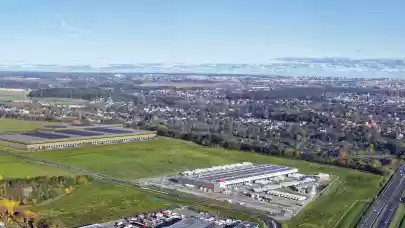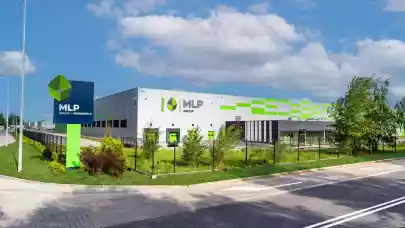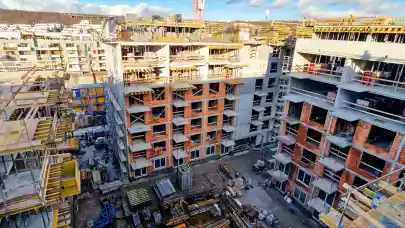
Choosing an office location today involves more than square metres and costs - it's about atmosphere and employee experience. According to a Colliers analysis, buildings featuring community spaces like cafés, relaxation areas, green spaces and informal meeting spots, combined with direct metro access, lease faster and attract tenants more easily.
These modern buildings register an average vacancy rate of just 7%, compared with 26% for traditional buildings without such amenities. "For companies competing in a tight labour market, the office has become a strategic tool. Employees are looking for spaces that provide comfort, energy and opportunities for social interaction, not just places to work," explains Daniela Popescu, Director of Tenant Services & Workplace Advisory at Colliers.
Cafés, green areas and informal working zones help employees feel part of a community, transforming buildings from simple addresses into environments that foster collaboration and belonging. This factor increasingly influences decisions of international companies opening service centres in Bucharest.
The Colliers analysis reveals major differences between project types. Buildings combining community spaces with direct metro access achieve the best results at 7% vacancy. Those offering community areas but without metro connectivity see rates rise to 21%. Buildings without such facilities record 14% vacancy if located near metro, and up to 26% when lacking both advantages.
Bucharest projects focusing on community spaces demonstrate that these amenities make a real difference in attractiveness and tenant retention, turning buildings from workplaces into destinations for employees.



